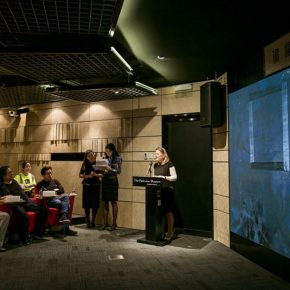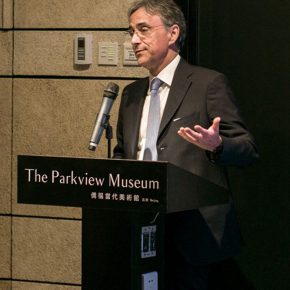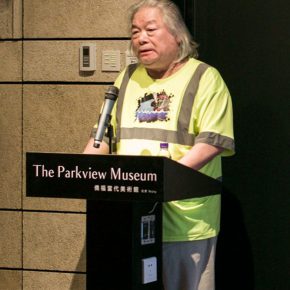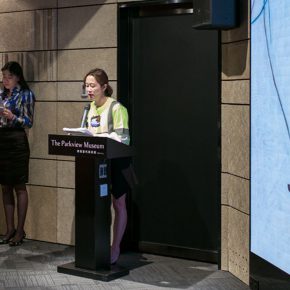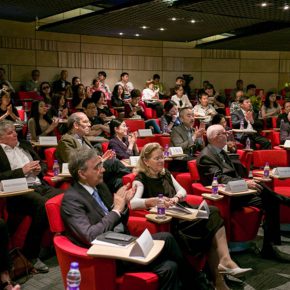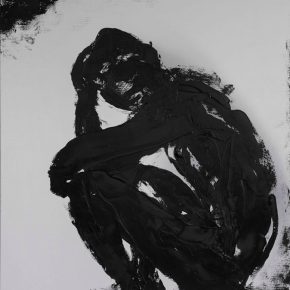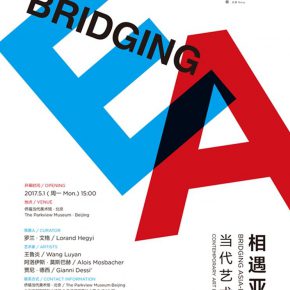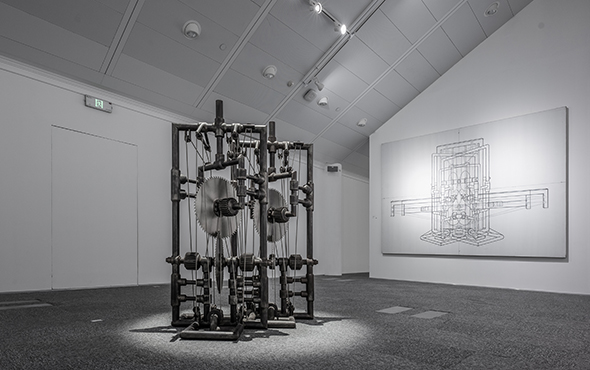
Although it has been in the era of artistic creation and globalization, the collision and dialogue between different regions and cultures is still the focus of exhibitions, research and writing, using the works of art to build an ideological bridge is one of the central missions of the Parkview Museum program. On May 1, 2017, the Parkview Museum launched the first exhibition of the “Bridging Asia-Europe” series of exhibitions, displaying the works by Chinese artist Wang Luyan, Italian artist Gianni Dessi, Austrian artist Alois Mosbacher, revealing the different ways of understanding art in the different cultural contexts of Asia and Europe in a certain period of time, and prompting the audience to understand the unique aesthetic values and artistic ideas in different cultural contexts. The exhibition is curated by Lorand Hegyi, who specializes in researching the modern art of Central Europe, Eastern Europe and Italy, who is also about to be the Director of the Parkview Museum.
The exhibition has invited three artists who come from different countries and cultural contexts, but have a lot in common, to represent the generation born in the 1950s, who began their artistic creations in the 1970s and 1980s. Experiencing the trends of the German New-Expressionism, Italian avant-garde art and Chinese contemporary art, they retain their own creative forms while rethinking modernity, and also reflecting on the re-understanding of the evolution of art. Their creations do not have any preference for any medium, any methodological direction, any artistic tendency but they present a general quality for the series, the works secretly contain an universal human nature and a reflection of human existence, showing another way of watching the real world and the attitude of questioning the reality.
Wang Luyan’s paintings are linear, drawing-like, precisely executed, impersonal and mechanical, taking the construction of modern industrial machine models as the basis of narrative, to imply that the present social order of elaborated and reasonable designs seems to avoid any emotional subject matter, but it unveils the irrational, pathologic, self-destructive tendencies. For example, the artwork “Sawed Saw” is the engineering structure of a precision instrument, but carefully deduced, this set of equipment is about to start self-destructing, which is a paradox of reality and plight, and sometimes it is mirrors social life itself. Wang Luyan refuses any emotional narrative, the human pursuit is for scientific and technological development and orderly structures, which do not seem to bring any freedom, but leads to people being trapped in another conflict of reality.
Gianni Dessi’s paintings have a sense of sculptural weight, reflecting an inner and external self-communication model, the black and white in the painting, the inner and outer are placed in a movement, while the overlapped structure of portraits is a metaphor of a double instable reality. Artistic creation is a way of thinking for the artist, Gianni Dessi powerfully exposes his own fear to reveal his deep existential angst of losing himself in the obscurity and chaos of reality.
Alois Mosbacher adored the pastoral landscape of woods and draws areas of forests and tree houses with poetic language, but all things are realities in an imaginative life, the structure of wood is unrealistic and the displacement of the way of watching is also irrational. In his paintings, the trees and flowers are given to the mysterious, a confused, labyrinth like space, formed of a rich entirety filled with branches and vines. Hence, the entirety is permanently transforming itself into a chaotic, irrational irritating world of darkness. He offers a visual metaphor of our reality as an obscure, irrational somewhat theatrical stage of events and happenings which have no clear inner structure, which lack any coherence or logic, which seem to work under the construction of invisible, inexplicable, irrational rules.
This exhibition presents three important artists’ works in the collections of George Wong, who said that Chinese “Belt and Road Initiative” was establishing a new mode of economic and cultural exchange between Asia and Europe and the “Bridging Asia-Europe” series of exhibitions also hopes to open up a channel for mutual understanding and exchange between Asia and Europe.
The exhibition remains on view till September 17.
Text by Zhang Wenzhi, translated by Chen Peihua and edited by Sue/CAFA ART INFO
Photo by the organizer



